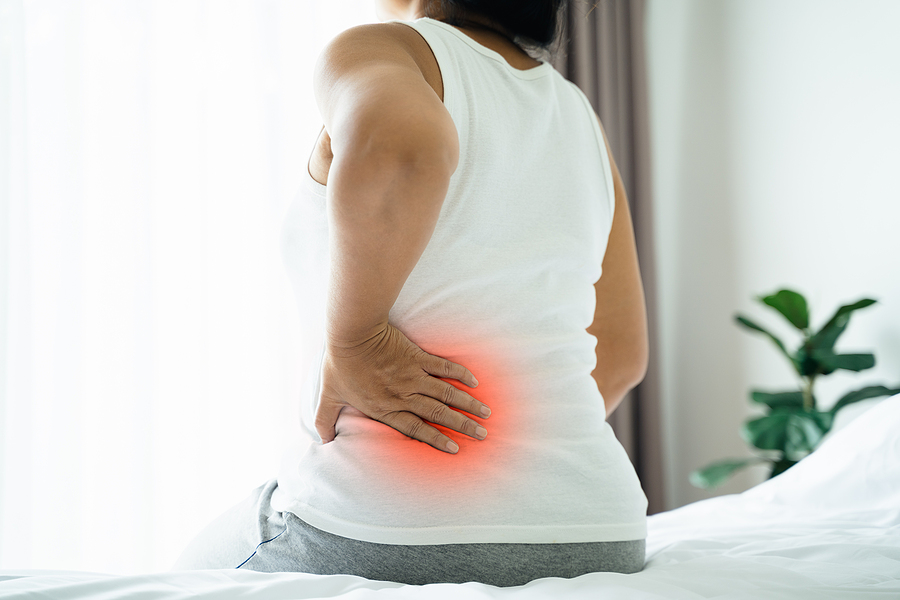Pain is an intricate and universal experience that can have a profound impact on our daily lives. From physical discomfort to emotional distress, pain can manifest in various forms, making it crucial to explore comprehensive approaches to its relief. In recent years, there has been a growing recognition of the interconnectedness between mind, body, and spirit in managing pain. Holistic approaches, which address these dimensions collectively, are gaining traction as effective and sustainable methods for pain relief.
Understanding Holistic Pain Management
Holistic pain management revolves around the idea that the human experience is multifaceted, involving not only the physical body but also the mind and spirit. Conventional medical treatments often focus solely on alleviating physical symptoms, while holistic approaches recognize the need to consider the emotional, psychological, and spiritual aspects of pain. By viewing pain through this holistic lens, individuals are empowered to address its root causes rather than merely masking its effects.
Mind-Body Connection in Pain Relief
The mind-body connection is a fundamental principle in holistic pain relief. Our thoughts, emotions, and beliefs have a direct influence on how we experience pain. Practices such as mindfulness meditation, cognitive-behavioral therapy (CBT), and relaxation techniques capitalize on this connection to help manage pain more effectively. Mindfulness meditation, for instance, encourages individuals to be present in the moment, fostering an awareness that can diminish the perception of pain. Similarly, CBT helps reframe negative thought patterns that exacerbate pain, leading to improved coping mechanisms.
Physical Well-being and Pain Management
Physical well-being is the cornerstone of holistic pain relief. Engaging in regular exercise, maintaining a balanced diet, and getting sufficient sleep are essential components of managing pain holistically. Exercise releases endorphins—natural pain relievers—while also enhancing flexibility and strength, promoting overall physical health. A balanced diet rich in anti-inflammatory foods can alleviate chronic pain conditions, as inflammation is often a contributing factor. Additionally, prioritizing sleep supports the body’s healing processes, enabling individuals to better cope with pain.
Spiritual and Emotional Resilience
Nurturing the spirit and emotional well-being can significantly impact one’s experience of pain. Engaging in practices that align with personal beliefs and values can provide a sense of purpose and meaning, reducing the focus on pain. Spiritual practices, such as prayer, meditation, and spending time in nature, offer solace and a broader perspective. Emotional resilience, cultivated through therapy, support groups, and open communication, equips individuals with tools to manage pain-related stress and anxiety.

Alternative Therapies for Holistic Pain Relief
Holistic approaches encompass a diverse range of alternative therapies that complement traditional medical interventions. Acupuncture, for instance, is rooted in ancient Chinese medicine and involves inserting thin needles into specific points to stimulate energy flow and relieve pain. Similarly, chiropractic care focuses on aligning the spine to alleviate pain and improve overall health. Massage therapy, aromatherapy, and herbal remedies also play a role in holistic pain management by addressing tension, promoting relaxation, and reducing inflammation.
The Role of Holistic Lifestyle Changes
Embracing a holistic approach to pain relief often requires lifestyle changes that prioritize overall well-being. Stress management techniques, such as yoga and tai chi, integrate physical movement with mindfulness, promoting relaxation and reducing pain-related tension. Incorporating hobbies and activities that bring joy can elevate mood and shift the focus away from pain. Creating a supportive social network and engaging in meaningful relationships further contributes to emotional well-being, fostering an environment conducive to holistic pain relief.
Challenges and Considerations
While holistic approaches offer a comprehensive way to manage pain, it’s important to note that they may not be a standalone solution for everyone. Severe or acute conditions might require a combination of holistic and medical interventions for optimal results. Additionally, the effectiveness of holistic methods can vary from person to person, requiring patience and a willingness to explore different approaches. Want to learn more about holistic approaches to pain relief? Then click to see more!
Conclusion
Holistic approaches to pain relief represent a paradigm shift in how we address and manage pain. By acknowledging the intricate interplay between mind, body, and spirit, individuals can embark on a journey toward comprehensive well-being. Through mindfulness, physical activity, emotional resilience, alternative therapies, and lifestyle changes, holistic pain management empowers individuals to transcend the limitations of pain and embrace a life of vitality and balance. As our understanding of pain deepens, integrating these holistic principles into our approach can lead to more effective, sustainable, and fulfilling pain relief strategies.



